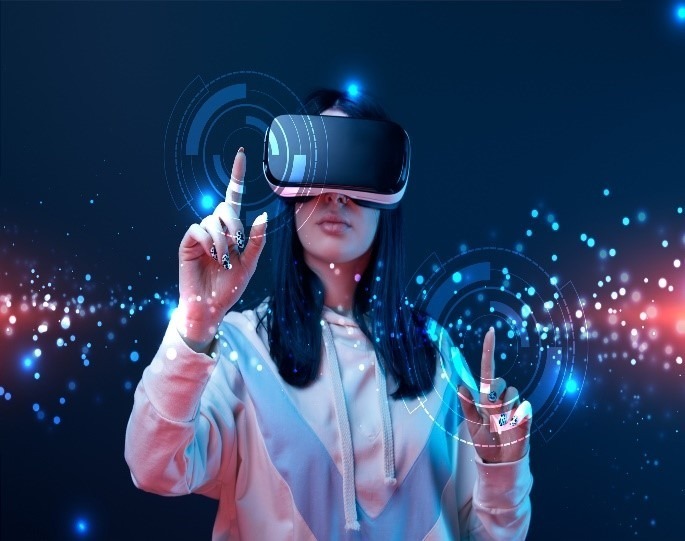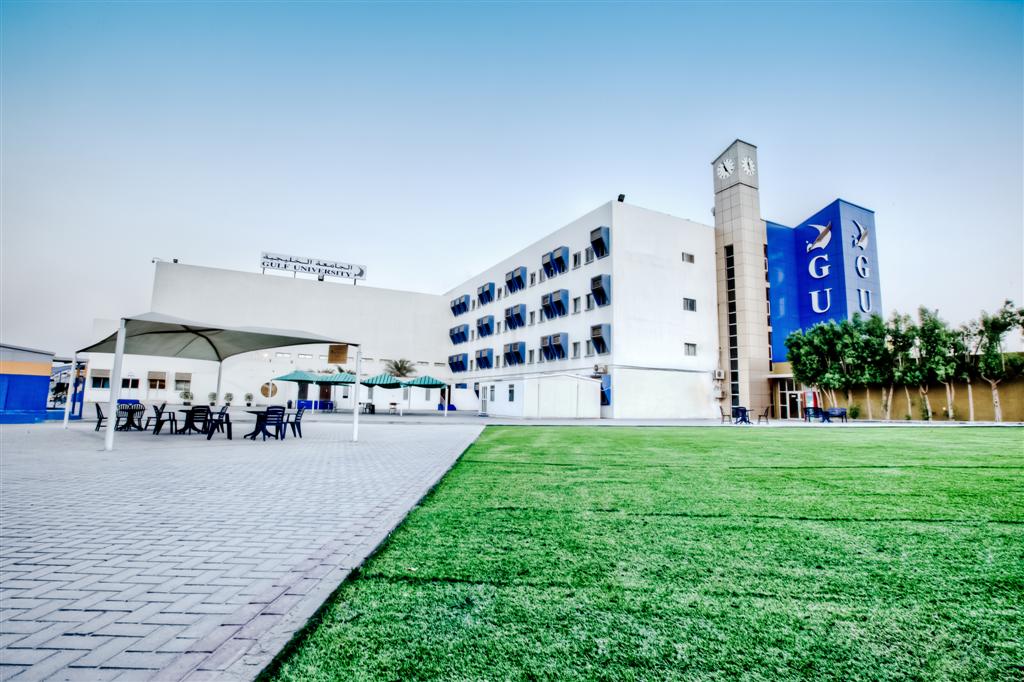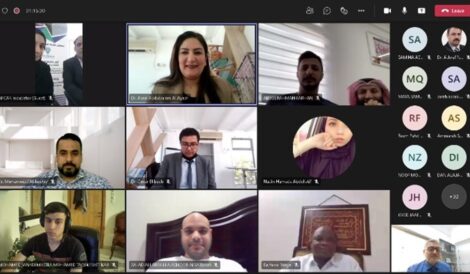Have you ever dreamt of visiting a glacier in the Arctic circle without freezing your bones in the -40 c or enjoying a summer morning in the mesmerizing landscape of Jungfrau in Switzerland or what about a tour of the NASA space station while sitting in your beautifully crafted armchair or theatre room. It may sound a little absurd to many of us but that’s something which has really been made possible by the astonishing and amazing concept of virtual reality.
Virtual reality as the name goes by is a technological boon where a virtual world is being created where the viewers can feel the essence of the real world, can walk, enter and even can touch or handle virtual objects. This technology is still very young with its first innovation in the year 1987. So, the next question that arises in your mind is “How does a VR function”?

Pose tracking and 3D near-eye displays are used in virtual reality (VR) to provide users an immersive sense of a virtual world. VR proved to be an effective way of human-human communication, where they could talk to communicate with a person who may not exist in the living sphere. It has also enabled human to environment communication by using our senses of feeling, touch, taste, vision, and smell. Surprisingly, this communication is not restricted to humans and environment only, it also helps to communicate efficiently in an human to computer environment by using mouse or a touch pad.
In recent years, VR technology has been used wisely in Communication Systems Laboratories, in Museum, and in video conferencing and in gaming technology. The motion of the real person drives the movement of the picture. Shutter glasses are worn by the participant, who also has motion-detection sensors on their hands, body, and face. A stereoscopic view is provided by the shutter glasses. The virtual person or object’s picture is warped and projected on the screen from the perspective of the viewer based on movement data.
One question that is now a hotcake of discussion is “How effective is VR technology in Education system? Does this magnify the use of digital gadgets by the kids and students?
Undoubtedly, VR technology has revolutionized the education system where the critical thinking of the students has improved as they visualize abstract concepts and ideas, giving them a better scope to understand difficult and complex topics. It has contributed in a positive way in developing problem solving skills and decision making all while having fun during their studies. But seeing the health challenges that it imposes on a user, making the use of VR technology on kids, is a concern. It often leads to motion sickness, eye strain, headache and is considered to be unsuitable for epileptic learners. Various research along this line has also confirmed that prolonged use of VR technology impacts on the eyes, particularly near point of accommodation and near point of convergence.
Hence, now being aware of the benefits and the side effects of VR technology particularly on the young minds , I leave it to my intelligent readers of this article to decide which path to be chosen .




I have read your article, your article gives me a lot of information and a lot of insight that I know because of this article tel u
Normally I don’t read article on blogs, but I wish to say that this write-up very forced me to check out and do it!
Your writing style has been amazed me. Thank you, quite nice post.
Feel free to visit my website – virtual reality learning companies (imsdc.org)
Thank you for your lovely words
You need to take part in a contest for one of
the highest quality websites on the internet. I will recommend this
website!
Feel free to visit my blog; enamtechsolutions.com
Thank you for introducing these remarkable and compelling topics. The subject matter will significantly reshape the discourse.